CEDRIG Light
Informe PDFHorti-Sempre Phase 2, Nacala Corridor in Northern Mozambique
Resumen
Información general
Autor
Michael Fink
Última actualización
Junio 2018
Objetivo general
The overall objective of Horti-Sempre is to increase the annual net income of 25,000 smallholders by 30% against baseline by supporting the growth of the horticultural sector in Northern Mozambique in view of its proven importance as income creator.
País
- Mozambique
Presupuesto
6'500'000 CHF
Duración
01/2017 - 12/2020 (48 months)
Resumen
Descripción
The overall objective of the Horti-Sempre Phase 2 Project is to increase smallholder’s annual net income by 30% against baseline by supporting the growth of the horticultural sector in Northern Mozambique in view of its proven importance as income creator. To fulfil its mission and reach the overall objective, Swisscontact proposes for Horti-sempre Phase 2 a logic of intervention based on three main Outcomes that unfold around three main project components namely (1) inputs and practices, (2) irrigation and (3) sector competitiveness. OUTCOME No 1: Productivity of horticultural smallholders in the Nacala Corridor in Northern Mozambique increased OUTCOME No 2: Horticultural smallholders in the Nacala Corridor in Northern Mozambique increased their area under irrigation OUTCOME No 3: Market responsiveness and competitiveness of the horti-cultural sector in Northern Mozambique is increased The three components will be complemented with two transversal topics: Women’s Economic Empowerment (WEE) throughout the different interventions and through special women targeted interventions and Access to existing funding options. Based on experience from Phase 1, Swisscontact beliefs that Horti-Sempre Phase 2 has the potential to reach 10'000 semi-commercial and 15'000 subsistence male and female smallholders in Northern Mozambique increasing their income by up to 30%.
Sectores de Intervención
- Agricultura
- Seguridad alimentaria
- Desarrollo rural
- Gestión del agua
Documentos
Imágenes
Logos
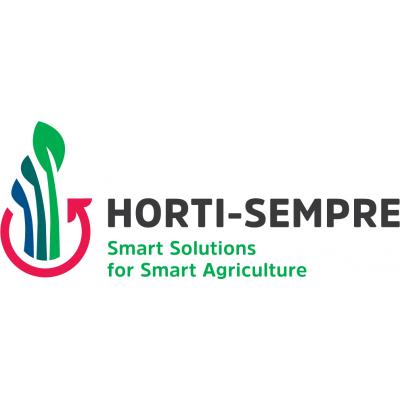


Perspectiva del riesgo
Amenazas que se producen debido a la degradación del medioambiente
Nombre de la amenaza
Degradación (tierra, suelo, ecosistemas, biodiversidad)
Exposición
Sí
Consecuencia
Key consequences are lower yields due to degraded soil and higher need of farmers to use inputs (fertilizers)
Probabilidad
Probable
Alcance
Perjudicial
Importancia del riesgo
Riesgo medio
Nombre de la amenaza
Contaminación del agua (superficiales y subterráneas)
Exposición
Sí
Comentarios
Water pollution mainly in peri-urban areas due to urban water and soil contamination (e.g. from factories, waste, etc.).
Consecuencia
Key consequences are the loss in product quality, as well as potential health risks for consumers. Assessment of hazard is difficult because of limited data availability on water and soil quality.
Probabilidad
Probable
Alcance
Ligeramente perjudicial
Importancia del riesgo
Riesgo bajo
Nombre de la amenaza
Plagas y epidemias
Exposición
Sí
Comentarios
Pests and epidemics occur because of poor crop rotation and lack of knowledge or availability of properly formulated defensives (pesticides, insecticides, fungicides). Pests and epidemics are ocurring more frequently during the hot and rainy season compared to the cold and dry season.
Consecuencia
Key consequences are crop losses (sometimes failure) and that farmers avoid production in warmer and wetter months of the year
Probabilidad
Probable
Alcance
Perjudicial
Importancia del riesgo
Riesgo medio
Amenazas naturales (hidrometeorológicas y geológicas)
Nombre de la amenaza
Olas de calor
Exposición
Sí
Comentarios
According to the World Bank, the number of hot days per year increased by 25 in the last 40 years, and much of this has occurred during the southern hemisphere autumn. This corresponds to the first harvest cycle of many major grains across the country, with significant implications for agricultural pests and yields.
Consecuencia
Key consequences include a shortening of the growing season, crop failure (no yield) or crop losses (lower yields)
Probabilidad
Muy probable
Alcance
Perjudicial
Importancia del riesgo
Riesgo alto
Nombre de la amenaza
Sequias
Exposición
No está claro
Comentarios
Since the 1960s, mean rainfall has decreased by an average of 2.5 millimeters per month (3.1%) per decade. Increased rainfall over the northern regions, highly variable conditions in the central regions, and persistent drought periods coupled with episodic floods in the south. In Northern Mozambique, seasonal droughts are occurring, meaning that rains are delayed.
Consecuencia
Delayed rains result in loss of seeds of rainfed crops (e.g. maize) and the need to rebuy and re-sow crops
Probabilidad
Probable
Alcance
Perjudicial
Importancia del riesgo
Riesgo medio
Nombre de la amenaza
Tormentas, tornados y/o huracanes, vientos fuertes, tormentas de arena
Exposición
Sí
Comentarios
Frequency of storms has increased, but events are seasonally concentrated and farmers normally wait with sowing until the risk has decreased.
Consecuencia
Destruction of basic infrastructure and crops in early stage of growth
Probabilidad
Improbable
Alcance
Perjudicial
Importancia del riesgo
Riesgo bajo
Nombre de la amenaza
Crecidas repentinas, inundaciones
Exposición
Sí
Comentarios
The proportion of days with heavy rainfall events has increased by 2.6% per decade according to the World Bank. The number of days with heavy rainfall currently amounts to ~25 per year. However, events are seasonally concentrated and farmers normally wait with sowing until this risk is lower.
Consecuencia
Destruction of basic infrastructure and crops in early stage of growth, destruction of trade infrastructure (e.g. bridges and roads)
Probabilidad
Probable
Alcance
Perjudicial
Importancia del riesgo
Riesgo medio
Nombre de la amenaza
Erratic Rains
Exposición
Sí
Comentarios
Recently, rainfalls in Northern Mozambique are out of usual patterns which farmers rely on. Tendency towards delayed rainfalls.
Consecuencia
It is difficult for farmers to predict the start of the rainy season. Due to a delayed start of the rainy season, the growing cycle is postponed into the hot season when it is difficult to produce horticulture. Higher risk of pests due to humidity.
Probabilidad
Muy probable
Alcance
Perjudicial
Importancia del riesgo
Riesgo alto
Amenazas que se producen debido al cambio climático (y la variabilidad del clima)
Nombre de la amenaza
Tendencia general al aumento o disminución de la temperatura media
Exposición
No
Comentarios
Temperatures have generally increased by 0.6° C over the last fourty years, with particularly pronounced increases observed during the hot season (September - March). This increase has so far not considerably affected horticulture as the vegetables are produced during the drier and cooler winter months (April - August).
Nombre de la amenaza
Cambios de frecuencia e intensidad de los fenómenos climáticos extremos y desastres relacionados (p.ej. olas de frío y calor, inundaciones, sequías, tormentas, huracanes, ciclones)
Exposición
No
Comentarios
Frequency of floods is increasing in the country, but mostly in the South and Centre where Mozambique does not control the dam system on the main river (e.g. Limpopo, Save, etc.). Other events (hurricans, cyclones, etc.) are also concentrated in the South/Centre.
Nombre de la amenaza
Cambios en las estaciones
Exposición
Sí
Comentarios
A shift of seasons is observed in Northern Mozambique. Average annual rainfall has remained similiar (or even slightly increased). However, the precipitation patterns have changed. More erratic and locally concentrated rainfall is observed which often results in floods and a shorter growing season.
Consecuencia
Shorter growing season, longer idle season (hunger period - epoca de fome), unpredictability of sowing time, loss of first seeds (investment), extension of growing season into warmer months, loss of 1 or more production cycles
Probabilidad
Muy probable
Alcance
Perjudicial
Importancia del riesgo
Riesgo alto
¿Evaluación detallada de riesgos necesaria?
Perspectiva del impacto
Calcule el impacto en el medioambiente
Área medioambiental
Ecosistemas
Componente de la actividad
Underground Dams
Impacto sobre el medioambiente
Small-scale rainwater retention increasing soil humidity potentially changing the ecosystem; limited additional pollution due to the plastic used to build the dam
Área medioambiental
Suelo
Componente de la actividad
Inputs (Fertilizer & Pesticides)
Impacto sobre el medioambiente
Use of fertilizer and pesticides by horticulture smallholders is common. However, the used amounts are very limited due to a lack of financial resources. Thus, a small negative impact on the soils can be expected. The Project only gives technical advice following a market-approach and does not directly promote and increased use of fertilizers and pesticides for the horticultural production.
Calcule el impacto en el cambio climático
Componente de la actividad
Increasing volumes and de-seasonalization of horticulture production
Impactos en el cambio climático
Possibly decreasing emissions of Greenhouse Gases (GHG) due to local horticultural production and shorter transport routes. The international and inter-regional imports might decrease due to a higher availability of locally produced vegetables.

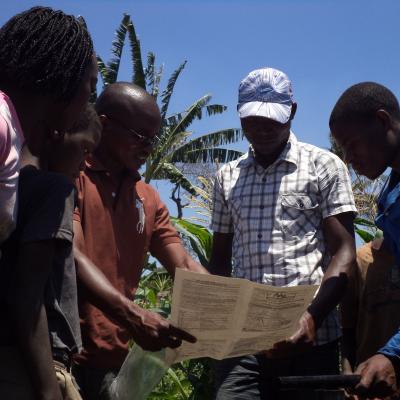
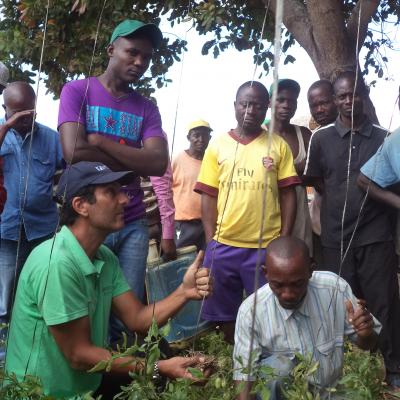
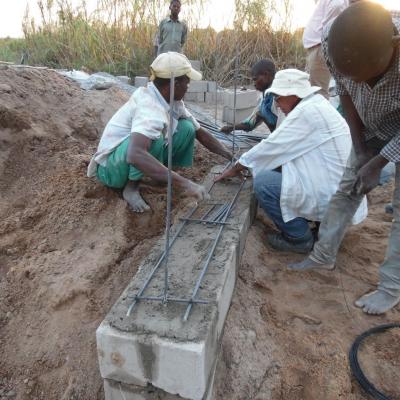
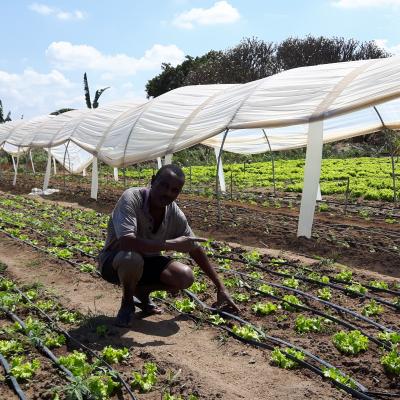
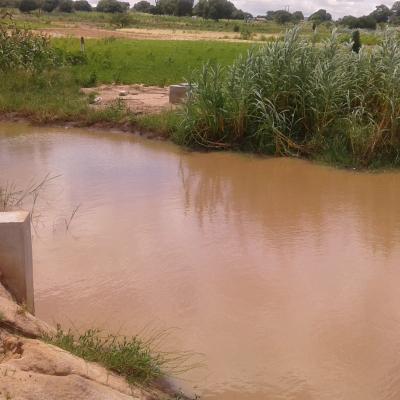
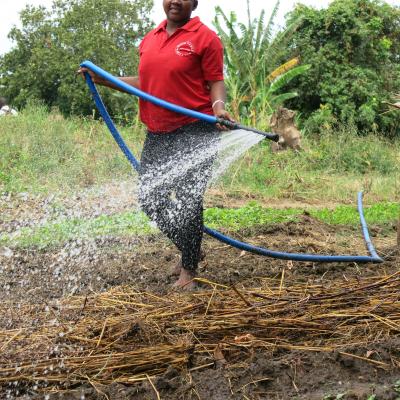
Comentarios
Soil degradation is frequently the result of poor conservation practices (no soil coverage, deep tillage, poor biodiversity) aggravated by heavy rains. Consequently, more inputs are needed resulting in a vicious circle of degradation.